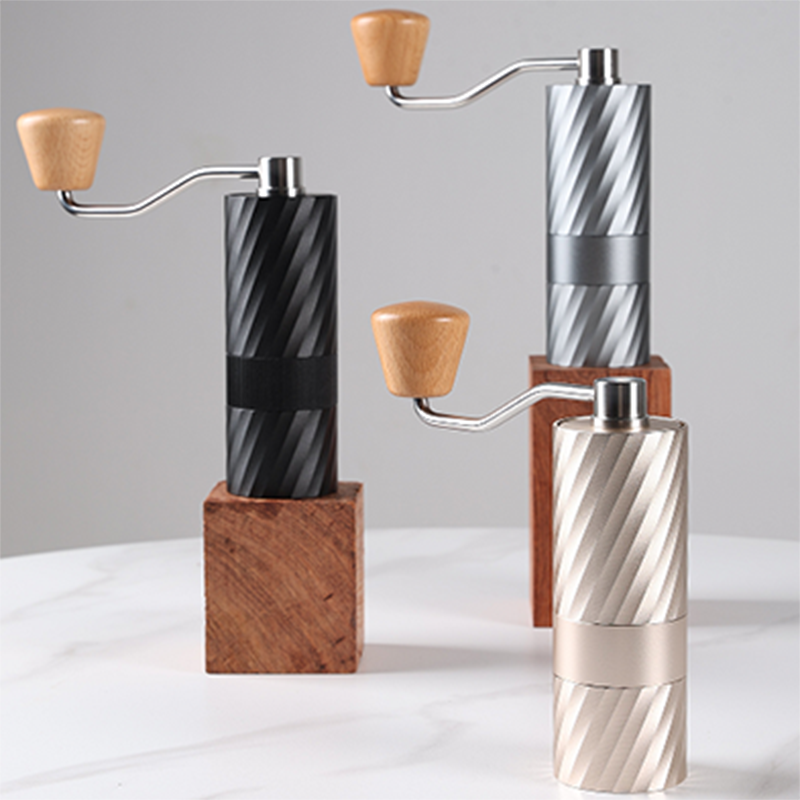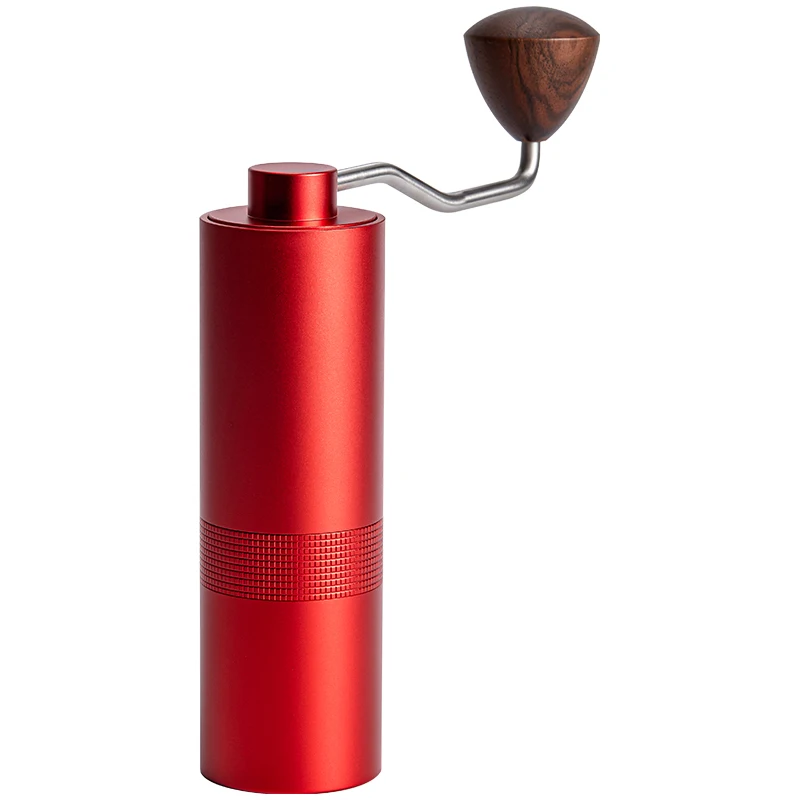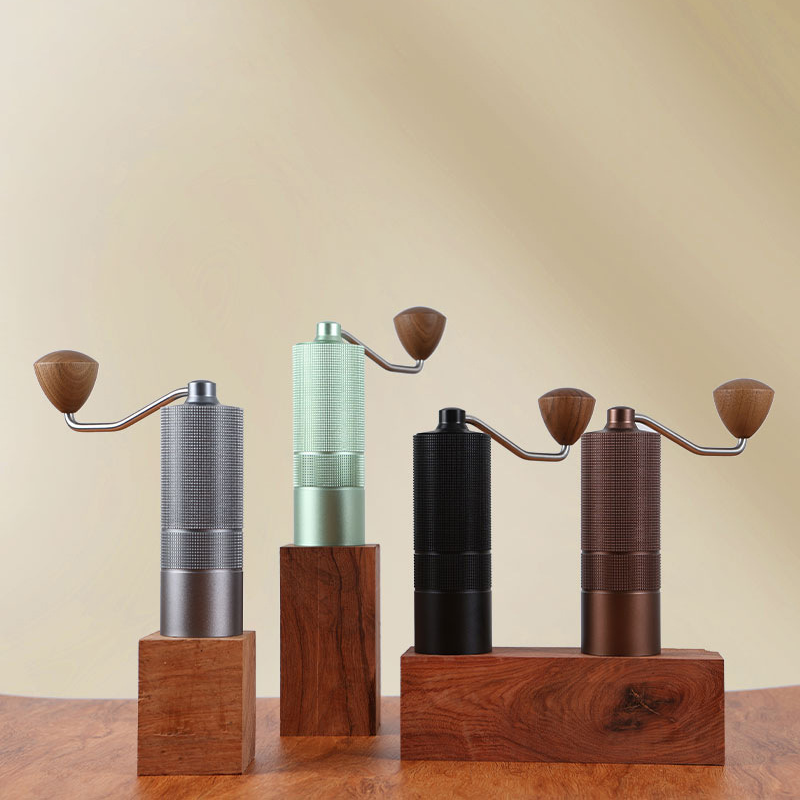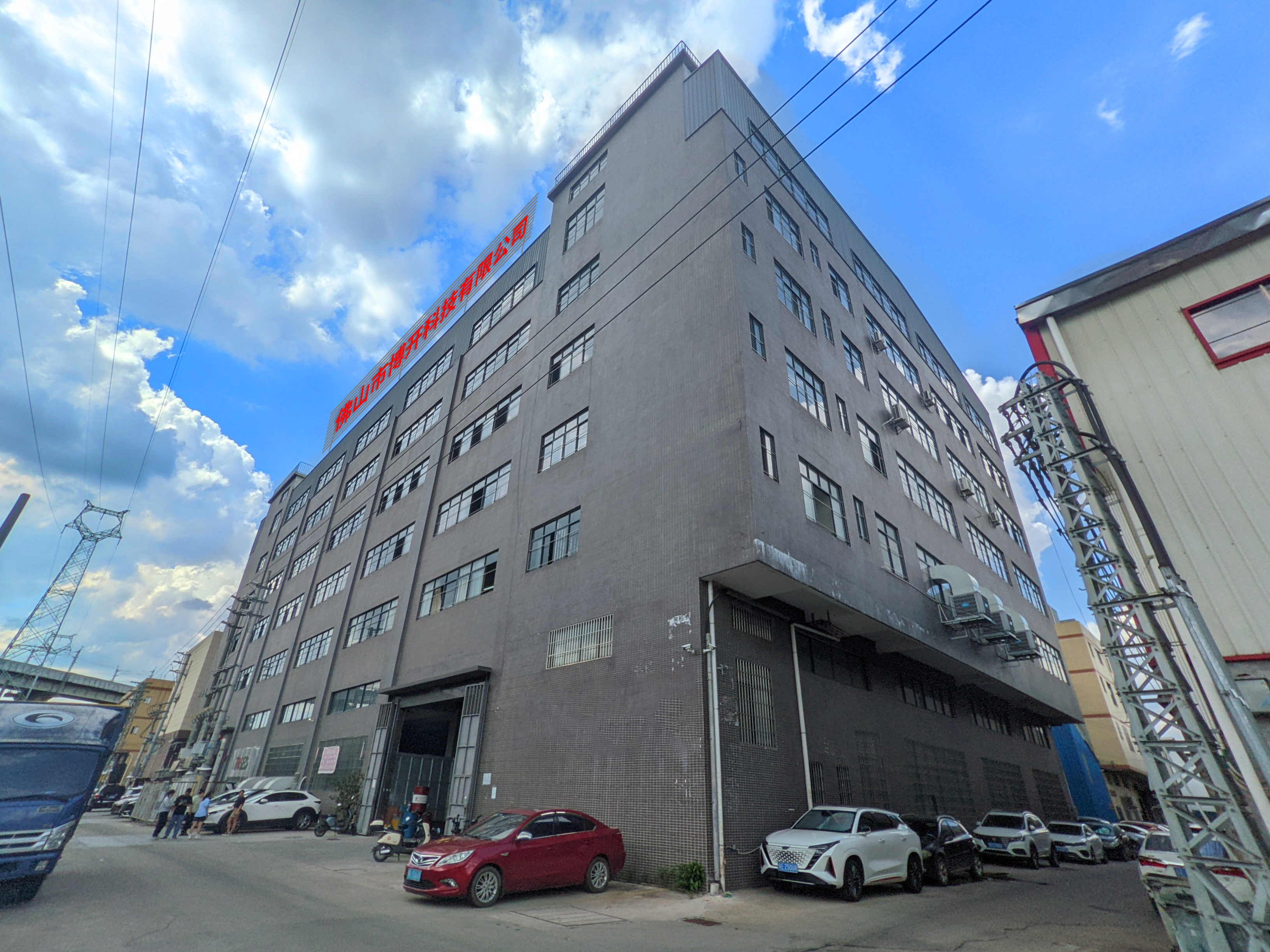
ABOUT
Foshan Bokai Technology Co., Ltd. is an enterprise specializing in the design, production and manufacture of various precision parts. Its business scope includes: hardware product research and development, lighting fixture manufacturing, hardware product manufacturing, electrical replica manufacturing, lighting fixture sales, electrical replica sales, and metal products. Sales etc. The company has structural designers, R&D personnel and CNC technicians who have been engaged for many years, combined into a group of experienced professional technical teams. Through continuous practice, they have summarized a set of mature processing technology and production quality control processes.Equipped with various precision processing equipment and testing instruments. In this way, the design, processing and tooling can be integrated into one. Continuously update equipment and optimize technology to improve quality. We implement strict control machine training for processing and product testing to ensure quality control of parts from material source to machining, production to surface, and provide customers with professional technical personnel. Tracking to meet customer needs.
PRODUCTS
From Bean to Cup Mastering the Art of Manual Coffee Grinding at Home
Understanding the Bean: A Foundation for Great Grinds
The book emphasizes the importance of understanding the inherent characteristics of different coffee beans. It explains how factors like bean origin, roast level, and processing method directly influence the ideal grind size. For instance, a light roast Ethiopian Yirgacheffe, known for its delicate floral notes, demands a finer grind than a dark roast Sumatran Mandheling, which often possesses bolder, earthier flavors. The guide provides detailed information on how to identify these characteristics and how they translate into the perfect grind setting for optimal extraction.
Furthermore, it delves into the nuances of bean density and how it affects grinding consistency. Denser beans require more effort to grind uniformly, and the book offers practical tips and techniques to ensure even particle size, avoiding clumps and channeling (where water flows preferentially through certain areas of the grounds, leading to uneven extraction). This attention to detail underscores the book’s commitment to equipping readers with the knowledge necessary to achieve consistent results, regardless of the bean they choose.
The Mechanics of Manual Grinders: Choosing and Using Your Tool
"From Bean to Cup" provides an in-depth exploration of various manual grinder types, including burr grinders (conical and flat) and blade grinders. It clearly explains the advantages and disadvantages of each, highlighting the superiority of burr grinders for their ability to produce consistent particle size, a critical factor in achieving a balanced cup. The guide meticulously details the construction, functionality, and maintenance of different grinder models, empowering readers to make informed choices based on their budget and brewing style.
Beyond the selection process, the book provides practical advice on proper grinder use and maintenance. It covers topics such as adjusting grind size, cleaning and lubricating the burrs, and identifying potential problems. The detailed illustrations and clear instructions make even complex tasks accessible to beginners. The emphasis on proper maintenance ensures the longevity of the investment and the consistent production of high-quality grinds over time.
Grind Size and Its Impact on Extraction
The relationship between grind size and extraction is central to the book. It explains in clear terms how different grind sizes affect the rate at which water extracts flavor compounds from the coffee grounds. Too coarse a grind leads to under-extraction, resulting in a weak, sour cup, while too fine a grind results in over-extraction, producing a bitter, astringent brew. The guide emphasizes the importance of finding the "sweet spot" – the ideal grind size that balances extraction, delivering a balanced and flavorful cup.
The book also explains how to adjust grind size based on different brewing methods. Espresso, for instance, requires a much finer grind than pour-over, and the guide provides detailed recommendations for each, along with troubleshooting tips for addressing common issues like channeling or uneven extraction. It illustrates how even small adjustments in grind size can drastically alter the taste profile, allowing for a level of control rarely achievable with pre-ground coffee.
Beyond the Grind: Dialing In Your Brew
While the focus is on manual grinding, "From Bean to Cup" acknowledges that grinding is only one piece of the coffee brewing puzzle. The book touches upon other crucial variables, such as water quality, water temperature, and brewing time, emphasizing the importance of a holistic approach to achieve a superior cup. It provides practical advice on optimizing these factors to complement the precision of the manual grind, encouraging readers to refine their techniques and experiment with different parameters.
Finally, the book encourages experimentation and a sensory approach to coffee brewing. It emphasizes the importance of tasting and analyzing each cup, making adjustments to the grind size and other brewing parameters based on the results. This iterative process, central to the art of coffee making, allows home baristas to refine their skills and discover the perfect grind settings for their specific beans, equipment, and preferences. The book effectively positions manual grinding as a journey of continuous learning and refinement, ultimately leading to a deeper appreciation and understanding of the entire coffee brewing process.
In conclusion, "From Bean to Cup: Mastering the Art of Manual Coffee Grinding at Home" is more than just a guide; it's a comprehensive exploration of a critical aspect of coffee preparation. By delving into the science and art of manual grinding, it empowers home baristas to unlock the full potential of their coffee beans and embark on a journey of continuous improvement, culminating in the perfect cup, crafted with precision and passion.SUBSCRIBE
INQUIRY
